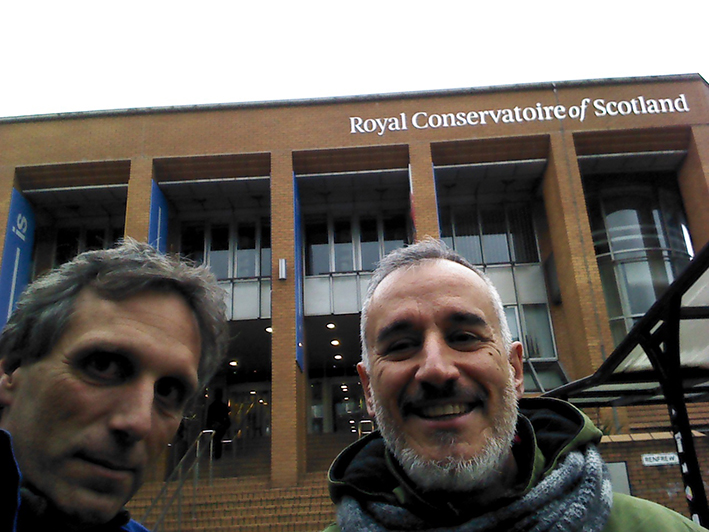"The European Music Archaeology Project (EMAP) ranked first out of the 80 projects entered for the EU’s most prestigious cultural competition in 2012, Strand 1.1 of Education, Audiovisual and Cultural Executive Agency (EACEA). The project aims to highlight Europe’s ancient cultural roots from an unusual perspective: musical, scientific and “sensorial”.
The starting point was music, because music has always been perceived as a primary need of any civilization worthy of the name. Music can sometimes reveal little known facts about ancient civilizations. It created a network of relationships and points of contact among European peoples long before we became aware of this common identity, before the Old Continent became known as such and the “history of music” began." [from: http://www.emaproject.eu/emap/description.html]


Alberto Morelli and Stefano Scarani (Tangatamanu), have been involved in the EMAP project as artists.
The purpose is to interpret and re-interpret archaic musical languages with the mind of contemporary musician. The adoption of both archeological and futuristic musical instruments has allowed the creation of a musical world where primordial instruments such as shells, vegetable rattles, stone or bronze percussion interact with modern interactive technology, generating a new and hybrid language.
In this line, the musical project From the Cave to the Rave, leads us back to the caves, into a arcaic world where human society begins to include protomusical elements in its rites and everyday life, bringing us then to a musical form today in use, the Rave, where certain ancestral ritual elements re-emerge with force in the rhythmic reiteration and in the physicality of sound vibration. In From the Cave to the Rave, the "Rave" is dressed with the dual identity of its own rhythmic structure, but only composed of sound elements from archaic instruments, highlighting the connection that crosses all ages to re-open to the ear structures and elements that have deep roots in the human being.
Tangatamanu's contribution to the EMAP European Project does not pretend to be that of the musicologist-archeologist. Instead, he pretends to be the artist who puts his musical preparation and culture to play with materials, tools and languages that are somehow still included in today's musical forms, searching and finding these elements to bring them to the light and allowing them to meet with contemporary languages and methods.
